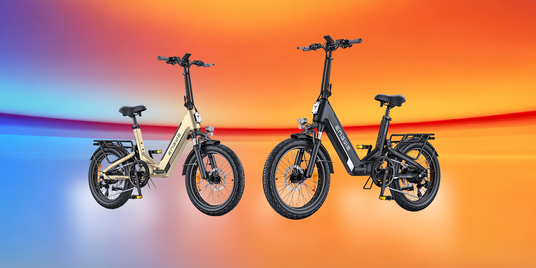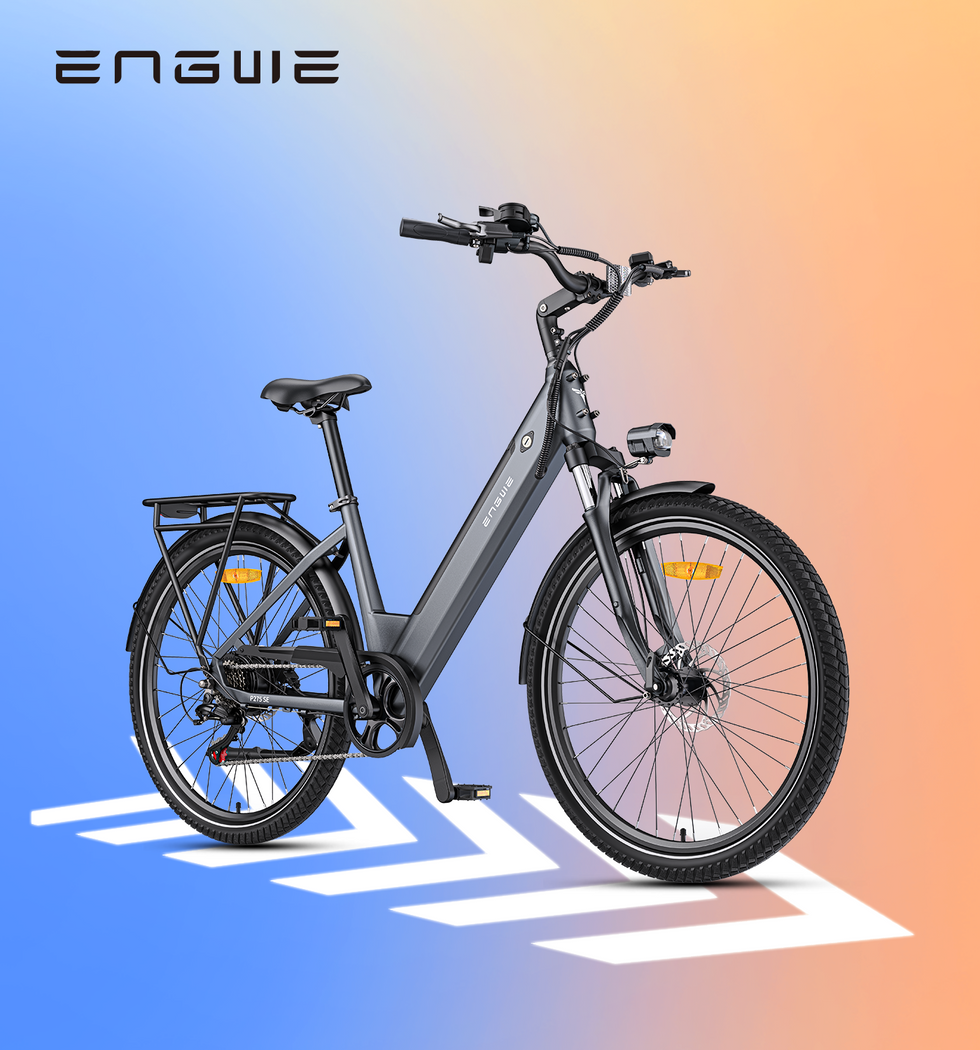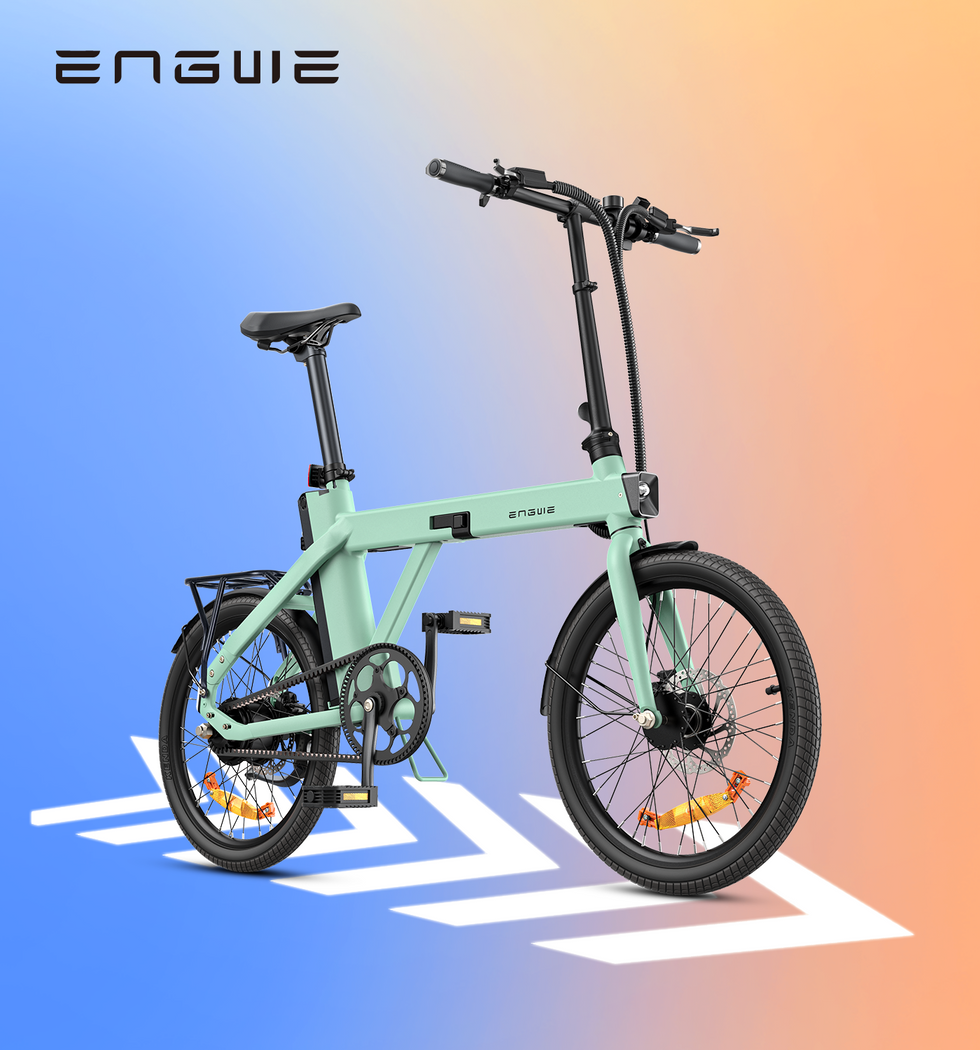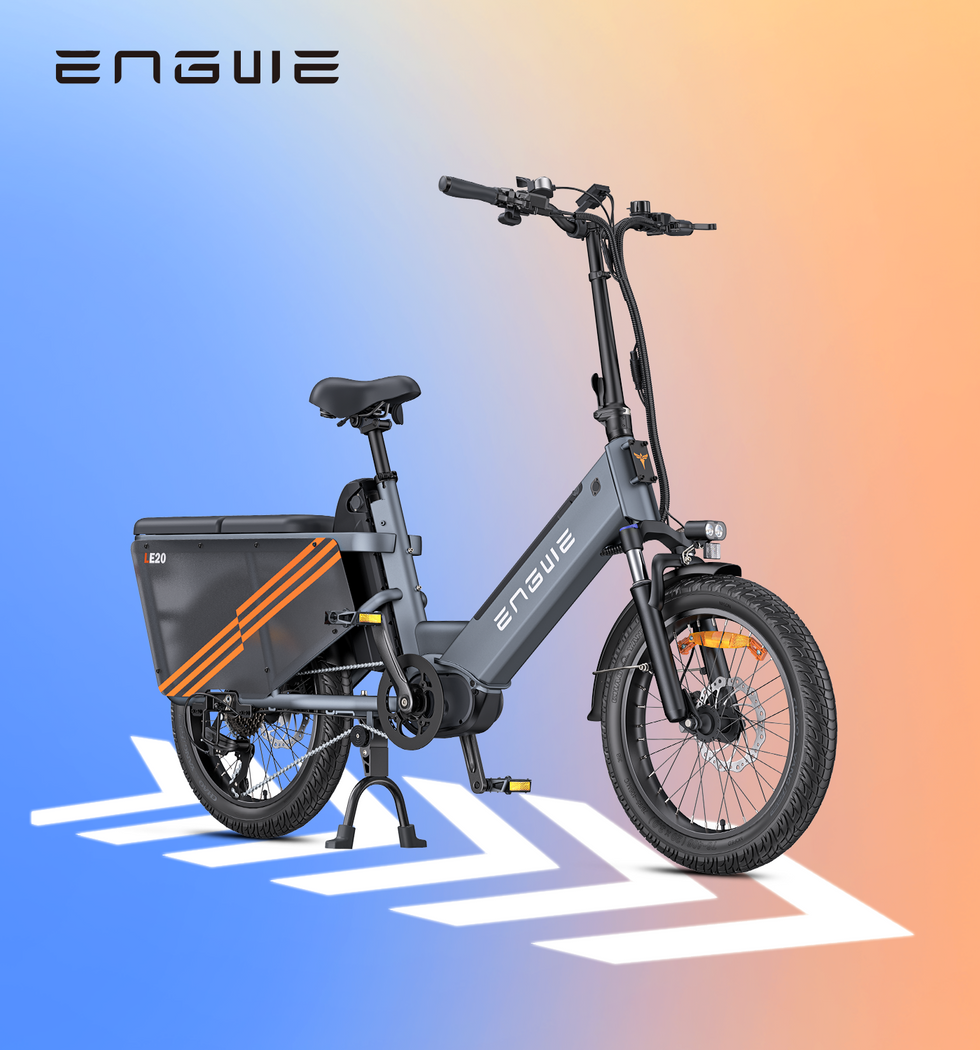There's a quiet revolution taking place under the treads of off-roading bikes. For generations, the roar of a dirt-track race was the sound of a high-pitched scream erupting from a two-stroke engine and accompanied by the smell of exhaust in your nostrils. These days it’s a different sound that is taking over: the quiet whir of an electric motor and the crunch of tires on dirt. As anyone who has spent untold hours on gas-powered and electric machines can tell you, this is not just a transition in propulsion systems, it’s a seismic shift in the experience. If you’re looking for a review of an electric motocross bike, you might just be at a crossroads. It might be that you are an experienced rider intrigued by the hype, a newbie nervously wary of traditional dirt bikes’ complex mechanisms, or a parent seeking something cleaner and quieter. I’m here to wade through the noise, tell you what it’s like to fit into a newsroom massage train while swiping across Tinder, and then help you decide whether or not being a part of this electric future is something for you.
Understanding the Electric Motocross Revolution
Let us begin by defining what is and is not an electric motocross bike. It’s not just a beefed-up electric mountain bike. Though they share electric DNA, a real eMTB is built up to be ridden on the motocross track or for aggressive trail riding. That translates into a burlier frame, long-travel suspension to soak up huge jumps and hits, with power delivery that’s oriented toward explosive acceleration rather than simply assist when you pedal. It's a specialist competition and leisure machine. Relative to its gasoline-powered counterpart, it swaps the complex internal combustion engine for a more straightforward, less indirect one: a battery, controller, and motor. This simplicity is what makes it strong and gives it its distinctive character.
The Raw Experience: What It's Like to Ride an Electric MX'er
The second you crack the throttle on an electric motocross bike, everything you knew about off-road riding goes out the window and a whole new world opens to embrace you. No kicking a starter, no feathering a clutch, and no waiting until the engine reaches its powerband. It's just a sudden wall of torque. Power is consistent and on-hand, from the first millimeter of throttle turn. This alters the way you deal with obstacles. Rather than winding up high on the rev counter to haul yourself up a steep hill, you can apply carefully metered torque and tractor your way skyward with amazing traction. The silence is the second thing that strikes you. With the absence of the hellacious roar of an engine, all your other senses are heightened. You hear your tires clawing for purchase as they scrabble to find traction, the suspension compressing when you land, and even the world around you. It gives you a greater sense of immersion and connectedness with the trail. You’re not blasting through nature; you’re flowing with it. This silence, or “stealth,” also means you can ride where a noisy gas bike wouldn’t be welcome, giving access to new possibilities. But it also means that you lose the audible feedback of the engine, which many experienced riders use to sense speed and traction, so there is a period of adjustment.

Weighing Your Options: The Pros and Cons of Going Electric
No technology is perfect, and an informed decision should address both sides. According to my track and trails time, here’s the breakdown.
| Pros | Cons |
|---|---|
| Minimal Maintenance: No oil changes, air filters, or engine overhauls. | Range Anxiety: Recharging takes hours, unlike a quick refuel. |
| Instant Torque: Superb, controllable power delivery from 0 RPM. | Higher Upfront Cost: Often more expensive than comparable gas models initially. |
| Eco-Friendly: Zero emissions during use. | Variable Battery Life: Range is affected by terrain, weight, and riding style. |
| Stealth Operation: Quietness allows riding in more areas and enhances connection to nature. | Lack of Sensory Feedback: Some purists miss the sound, vibration, and feel of a combustion engine. |
Buyer's Guide: Things to Consider When Looking for an Electric Motocross Bike
What should you look for if you decide that the advantages outweigh the disadvantages and are ready to buy? Focus on four core components.
Motor and Power
The first is the motor and power. Power is frequently measured in kilowatts (kW). Look for a bike with a powerful, strong motor and a controller that will let you dial in your own power maps. This allows the user to change the throttle response from a mild, beginner application to that of a much more aggressive and responsive motor for expert drivers.
Battery
Second, the battery is your fuel tank. It has a capacity in kilowatt-hours (kWh). A higher kWh number generally translates to a longer range, but also adds weight and increases the price. Think about how long your typical ride is and use that to help decide.
Chassis and Suspension
Third, don’t cheap out on the chassis and suspension. So, a durable frame and good front and rear suspension that is also fully adjustable are key to withstanding the abuse of off-road riding. That's the difference between a secure-feeling, honest-feeling bike and an edgy, wobbly one.
Brakes and Wheels
And finally, the brakes and wheels. Top-line hydraulic disc brakes are a must for safety, and robust, lightweight wheels accompanied by premium off-road tires are critical to both performance and grip.

The Rise of the High-Performance Urban Electric Bike
Although there are already purpose-built electric motocross bikes tearing up the dirt, the incredible engineering that goes into their high-power motors and long-range batteries is rapidly driving a new breed of performance-oriented E-bikes aimed at tackling a very different kind of terrain: our cities. For riders who want that burst of power and solid frame feel, but also need a bike for commuting or city life, companies like ENGWE are blazing a trail. ENGWE has successfully translated extreme performance into a package of convenience and comfort.
A good example of this is their ENGWE L20 3.0 Boost, which can be considered one of the best foldable commuter electric bikes in the market. It changes how you travel in the city by providing a full-suspension system—practically nonexistent on other compact e-bikes—that can absorb up to 90% of road vibrations with ease. For those times when you require quick acceleration for a steep hill or to safely overtake cars, its one-of-a-kind Boost Mode delivers a rapid 75Nm burst from the 250W motor.
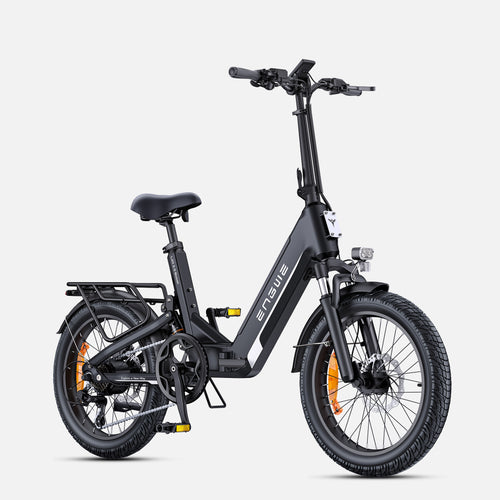
The monster 48V 13.5AH battery provides a whopping range. And with a best-in-class 8A fast charger, you are back on the road in around 2 hours. Powered by a torque sensor, the ride feels as if you are simply adding power to your own pedaling. Add to this other well-pronounced ENGWE components, like hydraulic disc brakes and chunky 20" x 3.0" tires, and you've got one hell of a compact folding electric bike to accompany you on any adventure.
Electric Motocross Bike Maintenance and Safety Essentials for the Everyday Household
And once your bike is in hand, living with it is blessedly simple when compared to its gas-guzzling relatives. Battery care is your primary maintenance task. Charge in accordance with the manufacturer’s instructions, don't leave it in brutal cold or devastating heat, and never let it sit completely drained for lengthy periods. Beyond that, it’s your usual bike maintenance: clean and lubricate your chain, inspect your brake pads for wear, and verify tire pressure. But safety now demands a fresh level of mindfulness. The bike is so silent that other riders, hikers, and animals will not hear you approach. Ride with extra awareness, and consider using a bell or horn to announce your presence. Always wear the same protective gear that you would ride on a gas bike: a high-quality helmet, goggles, boots, gloves, and body armor are necessary. Silent power has its deceits, and the possibility of high-speed crashes is very real.
The quiet revolution is here and waiting for you to give it full throttle.
1. How long does it take to charge an electric dirt bike?
This depends to a great extent on the size of the battery and the charger's capacity. A regular charger could take 4-6 hours, whereas a high-powered fast charger (as used for some premium commuter models) can bring the charge time down to less than 2 hours.
2. Can you ride an electric motocross bike on the road?
Generally, no. Most are built as off-highway vehicles, same as their gas equivalents, and lack the mirrors, lights, and signaling equipment that make them street-legal. They are likely designed for private tracks and property.
3. What is the actual single-charge range?
The "maximum range" that is advertised is often evaluated in low-power, best-case scenarios. For aggressive motocross or trail riding, the range may be 1-3 hours of hard ride time. It varies a lot based on terrain, rider weight, and what throttle percentage is used.
4. Do electric motocross bikes weigh less than gas bikes?
Not always. While they don't have an engine, exhaust, or fuel tank, the heavy battery and robust motor can make them weigh about the same as a gasoline bike of a similar size and class.
5. Is there an electric motocross bike for kids?
Absolutely. This is one of the fastest-growing market segments. Their manageable power and lack of hot exhaust parts make them safer for kids. And there’s no need to worry about noise, either - these are both quiet machines.
